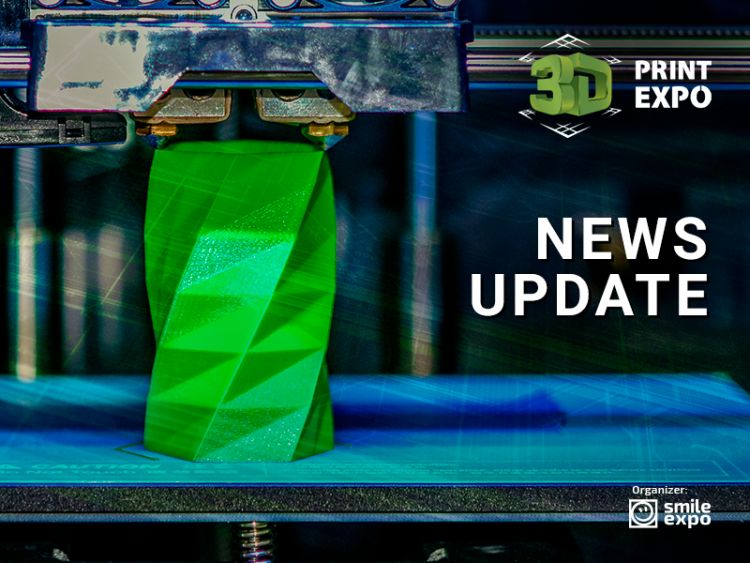Russia developed 3D printed prosthesis for kids and engineering printer for the military. News of the additive technologies world

Why do Japanese people print dead persons' faces on 3D printers and how does a safe hammer work? Read about these and other novelties in the world of 3D printing in our weekly digest.
3D printed prosthesis for children
Motorika has developed a functional prosthesis for children, created with 3D printing. The use of additive technologies in this case helped to make the devices affordable and also develop various designs and sizes.

Bionic prostheses KIBI produced by the company is a simple traction mechanical design with a possibility of customization (color, pattern, fastenings). However, engineers won’t stop on a simple version: now they are actively working on the project called Stradivari – construction of complex bionic extremities (for adults and children 7+ years). It is a multi-grasping system, which applies small, but powerful engines from Maxon Motors. They can be used throughout the decade in prostheses of different sizes (they are replaced as the child grows).
Motorika received funding from the state to develop the project and create bionic prostheses for kids and adults.
3D printed hammer that drives nails on its own
Designer Michael Young of the United States invented a safe hammer for hammering nails with one hand. It is printed on a 3D printer and operates on the principle of a nail gun; at the same time, it is completely mechanical tool and requires force application.
The device will help to protect your fingers, since it drives and holds nails, which are simply charged inside the hammer. The nail is hammered through a special hole in the head, while the inertia force, which arises from swing and impact, is applied. Michael Young was working on it for six years, the details for a test version was printed on a 3D printer of polymer materials. If the invention will rise interest of investors, Young plans to make a serial version of wood and titanium.
Transmigration of soul into robot with 3D printed face
A designer from Japan, Etsuko Ichihara, recreates dead people using robots with 3D print faces. Such a ‘transmigration of a soul’ is realized with the use of modern technologies that can analyze text records of a person, the sound of the voice, photos and video. This android can communicate and imitate personal characteristics up to the intonations.
The 3D printed face of the deceased gives the robot a special realism. The Digital Shaman project aims at helping people to adapt to life after the death of loved ones and relatives. According to Buddhist beliefs, before reincarnation, the soul experiences an intermediate period of 49 days. It is this time that Etsuko Ichihara gives to those who wish to communicate with a robotic avatar with a printed face.
Engineering 3D printer for the military
Arkon presented its new development: an engineering printer for 3D printing Betonator. The demonstration took place within the International Military and Technical Forum Army-2018.

The printer applies M400 concrete with reinforcing polypropylene fiber. The device will be useful for the army, since it allows printing a facility without attracting people (which is convenient in field conditions). Betonator is capable of building military firing points and obstacles, while leaving no wastes and requiring no personnel.
Read more relevant information about additive technologies on the 3D Print Expo website.







